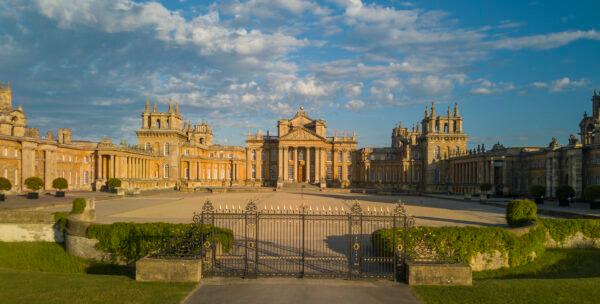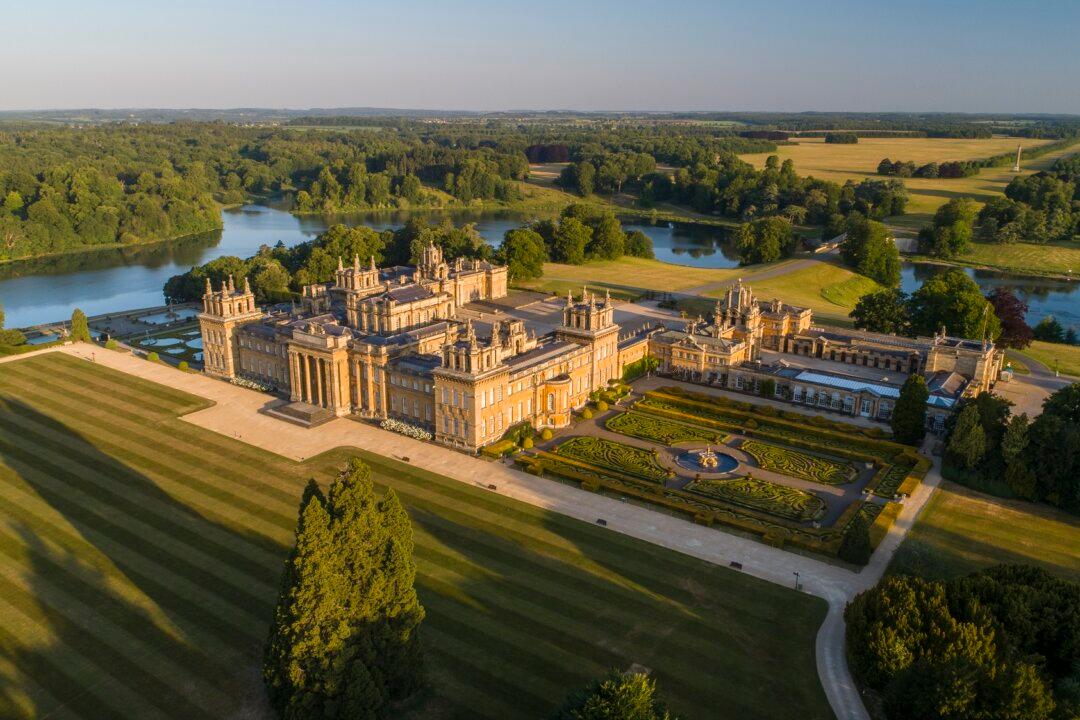England’s national treasure Blenheim Palace, in Woodstock, Oxfordshire—the birthplace and ancestral home of Sir Winston Churchill—is a fine example of the short-lived English Baroque style of architecture.

The north gate of Blenheim Palace. Blenheim Palace






